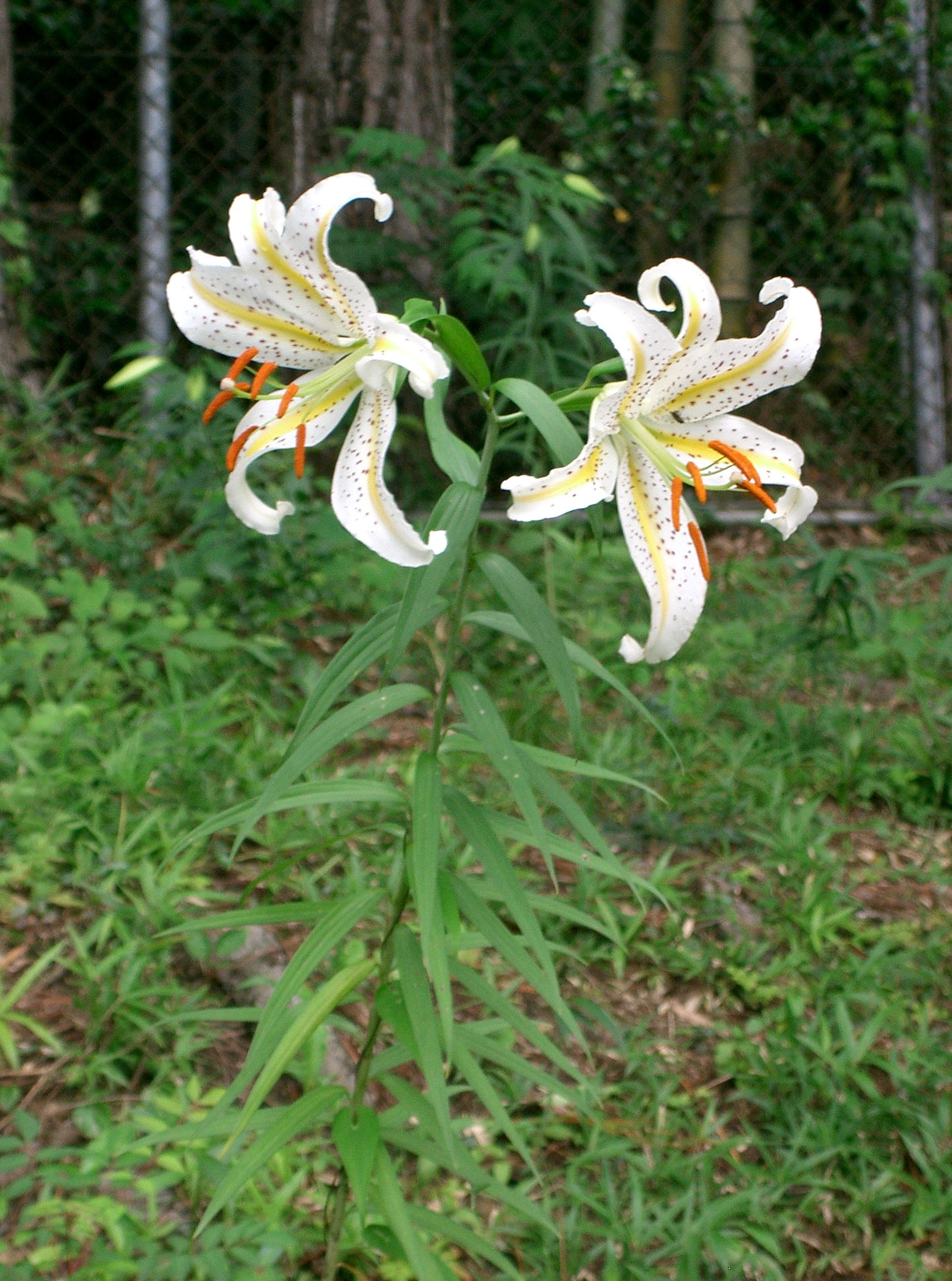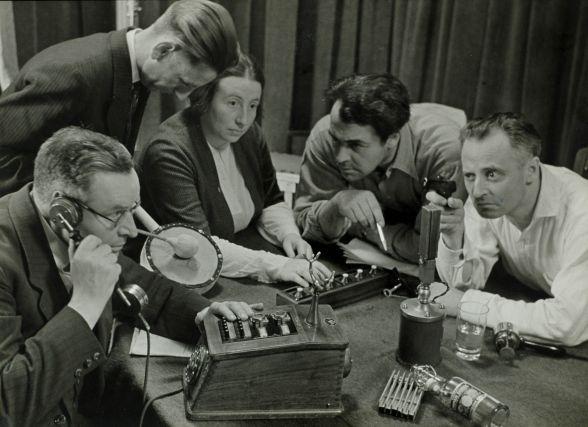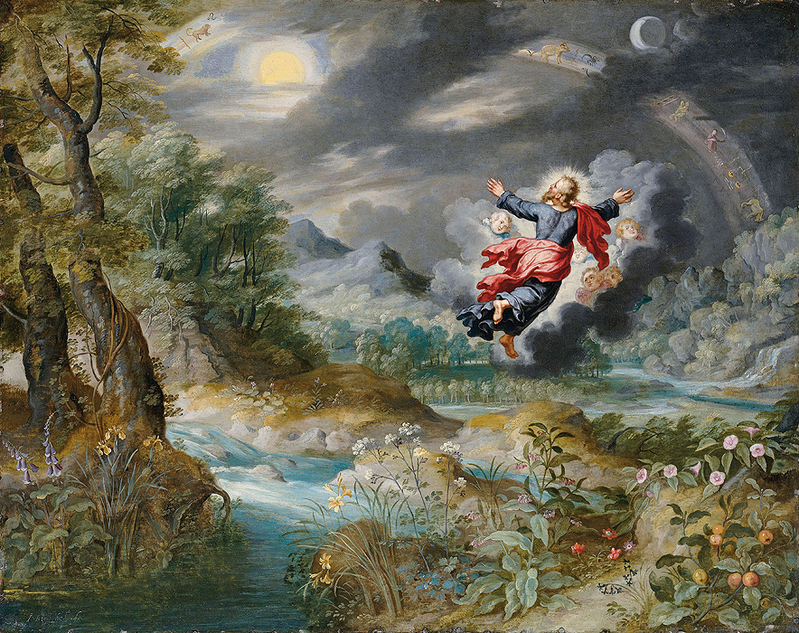|
Maria-sama Ga Miteru
, often shortened to , is a Japanese light novel series written by with illustrations by Reine Hibiki. Originally written as a short story in 1997, Shueisha published 37 light novel volumes from April 1998 to April 2012. The story focuses on a group of Adolescence, teenage girls attending the Catholic school, Catholic Lillian Girls' Academy in Tokyo, Japan. Its storyline largely revolves around the lives and close relationships of the school's student council known as the #Yamayuri Council, Yamayuri Council. A manga adaptation was published by Shueisha in ''Margaret (magazine), Margaret'' and its sister magazine ''The Margaret''. Between 2004 and 2009, the series was adapted by Studio Deen into three 13-episode anime television series and a five-episode original video animation (OVA) series. The anime adaptations have been released in North America by Right Stuf Inc., Nozomi Entertainment under the title ''Maria Watches Over Us''. The license was later transferred to ... [...More Info...] [...Related Items...] OR: [Wikipedia] [Google] [Baidu] |
Class S (genre)
, or S kankei, abbreviated either as ''S'' or , is an early twentieth-century Japanese language, Japanese ''wasei-eigo'' term used to refer to romantic friendships between girls. Citing: * * The term is also used to designate a genre of which tells stories about the same, typically focused on senpai and kōhai, ''senpai'' and ''kōhai'' relationships wherein one girl is senior in age or position to the other. The "S" is an abbreviation that can stand for "sister", , "sex", "" (German language, German: beautiful), and "escape". Although Class S can broadly be described as a form of love between girls, it is distinct from a Intimate relationship, romantic relationship or romance fiction in that it is used specifically to describe platonic relationships based on strong emotional bonds and very close friendship, rather than sex or sexual attraction. History Origins The Western novels ''Little Women'' and ''A Little Princess'' were translated into Japanese in 1906 and 1910, respect ... [...More Info...] [...Related Items...] OR: [Wikipedia] [Google] [Baidu] |
Short Story
A short story is a piece of prose fiction. It can typically be read in a single sitting and focuses on a self-contained incident or series of linked incidents, with the intent of evoking a single effect or mood. The short story is one of the oldest types of literature and has existed in the form of legends, Myth, mythic tales, Folklore genre, folk tales, fairy tales, tall tales, fables, and anecdotes in various ancient communities around the world. The modern short story developed in the early 19th century. Definition The short story is a crafted form in its own right. Short stories make use of plot, resonance and other dynamic components as in a novel, but typically to a lesser degree. While the short story is largely distinct from the novel or novella, novella/short novel, authors generally draw from a common pool of literary techniques. The short story is sometimes referred to as a genre. Determining what exactly defines a short story remains problematic. A classic definition ... [...More Info...] [...Related Items...] OR: [Wikipedia] [Google] [Baidu] |
Dojo
A is a hall or place for immersive learning, experiential learning, or meditation. This is traditionally in the field of martial arts. The term literally means "place of the Tao, Way" in Japanese language, Japanese. History The word ''dōjō'' originates from bodhimaṇḍa, Buddhism. Initially, ''dōjō'' were adjunct to Buddhist temple, temples and were formal training places for any of the Japanese arts ending in "''-dō''", from the Chinese ''Dao'', meaning "way" or "path". Sometimes meditation halls where Zen Buddhists practice ''zazen'' meditation were called ''dōjō''. The alternative term ''zendo, zen-do'' is more specific, and more widely used. European ''Sōtō Zen'' groups affiliated with the International Zen Association prefer to use ''dōjō'' instead of ''zendo'' to describe their meditation halls as did their founding master, Taisen Deshimaru. In Japan, any facility for physical training, including List of professional wrestling terms#S, professional wres ... [...More Info...] [...Related Items...] OR: [Wikipedia] [Google] [Baidu] |
Kendo
is a modern Japanese martial art, descended from kenjutsu (one of the old Japanese martial arts, swordsmanship), that uses bamboo swords ( shinai) as well as protective armor ( bōgu). It began as samurai warriors' customary swordsmanship exercises, and today, it is widely practiced within Japan and has spread to many other nations across the world. History Swordsmen in Japan established schools of ''kenjutsu'' (the ancestor of kendo). These continued for centuries and form the basis of kendo practice today.. Formal kendo exercises known as ''kata'' were developed several centuries ago as ''kenjutsu'' practice for warriors. They are still studied today, in a modified form. The introduction of bamboo practice swords and armor to sword training is attributed to during the Shotoku Era (1711–1715). Naganuma developed the use of this armor and established a training method using bamboo swords. , third son of Naganuma and the eighth headmaster of the Kashima Shinden Jik ... [...More Info...] [...Related Items...] OR: [Wikipedia] [Google] [Baidu] |
Musashino, Tokyo
is a city located in the western portion of the Tokyo Metropolis, Japan. , the city had an estimated population of 147,754 in 78,614 households, and a population density of 13,000 persons per km2. The total area of the city is . Based on the 2019 survey by SUUMO, the Kichijoji neighborhood of Musashino was the third most desirable place to live in central Japan. Popular attractions in Musashino include Kichijōji; a residential and shopping neighborhood with malls such as Atre Kichijoji, recreational areas such as Inokashira Park, Musashino Chuo Park, Musashino Municipal Athletic Stadium and Musashino Sports Complex. Geography Musashino is located in the Musashino Terrace of central Tokyo Metropolis. It is bordered by the 23 Special Wards of Tokyo. Musashino is composed of the following neighborhoods: Kichijoji Kitamachi, Kichijoji Higashi Cho, Kichijoji Honcho, Kichijoji Minamicho, Kyonan Cho, Gotenyama, Sakai, Sakurazuki, Sekimae, Nakacho, Nishikubo, Midoricho, and Yaha ... [...More Info...] [...Related Items...] OR: [Wikipedia] [Google] [Baidu] |
Protoculture Addicts
''Protoculture Addicts'' was a Canadian-based anime and manga themed magazine published by Protoculture Inc., an Anime News Network company. The term "Protoculture Addicts" was also used by the Zentradi (an alien race that appeared in the ''Macross'' series) to refer to all the races that have been in contact with Protoculture. Although it was a North American publication, it also covered many things about the state of anime and manga in France and the French-speaking world. Manga and anime are readily available in Europe, and the magazine was started in Montreal, Quebec, a francophone region of Canada with a mixture of French and English speakers. History ''Protoculture Addicts'' was the first large mainstream anime and manga magazine in North America. Its name derives from the popularity of the ''Robotech'' anime series, and its namesake, Protoculture. It started as a ''Robotech'' fanzine, became officially licensed as such, and then expanded to cover anime in general. Man ... [...More Info...] [...Related Items...] OR: [Wikipedia] [Google] [Baidu] |
Audio Drama
Radio drama (or audio drama, audio play, radio play, radio theatre, or audio theatre) is a dramatised, purely acoustic performance. With no visual component, radio drama depends on dialogue, music and sound effects to help the listener imagine the characters and story: "It is auditory in the physical dimension but equally powerful as a visual force in the psychological dimension." Radio drama includes plays specifically written for radio, docudrama, dramatised works of fiction, as well as plays originally written for the theatre, including musical theatre, and opera. Radio drama achieved widespread popularity within a decade of its initial development in the 1920s. By the 1940s, it was a leading international popular entertainment. With the advent of television in the 1950s, radio drama began losing its audience. However, it remains popular in much of the world. Recordings of OTR ( old-time radio) survive today in the audio archives of collectors, libraries and museums, as we ... [...More Info...] [...Related Items...] OR: [Wikipedia] [Google] [Baidu] |
Right Stuf Inc
Rights are legal, social, or ethical principles of freedom or entitlement; that is, rights are the fundamental normative rules about what is allowed of people or owed to people according to some legal system, social convention, or ethical theory. Rights are an important concept in law and ethics, especially theories of justice and deontology. The history of social conflicts has often involved attempts to define and redefine rights. According to the ''Stanford Encyclopedia of Philosophy'', "rights structure the form of governments, the content of laws, and the shape of morality as it is currently perceived". Types of rights Natural versus legal * Natural rights are rights which are "natural" in the sense of "not artificial, not man-made", as in rights deriving from human nature or from the edicts of a god. They are universal; that is, they apply to all people, and do not derive from the laws of any specific society. They exist necessarily, inhere in every individual, and c ... [...More Info...] [...Related Items...] OR: [Wikipedia] [Google] [Baidu] |
Original Video Animation
, abbreviated as OVA and sometimes as OAV (original animation video), are Japanese animated films and special episodes of a series made specially for release in home video formats without prior showings on television or in theaters, though the first part of an OVA series may be broadcast for promotional purposes. OVA titles were originally made available on VHS, later becoming more popular on LaserDisc and eventually DVD. Starting in 2008, the term OAD (original animation DVD) began to refer to DVD releases published bundled with their source-material manga. Format Like anime made for television broadcast, OVAs are divided into episodes. OVA media (tapes, laserdiscs or DVDs) usually contain just one episode each. Episode length varies from title to title: each episode may run from a few minutes to two hours or more. An OVA series can run anywhere from a single episode to dozens of episodes in length. Many anime series first appeared as OVAs, and later grow to become televis ... [...More Info...] [...Related Items...] OR: [Wikipedia] [Google] [Baidu] |
Anime
is a Traditional animation, hand-drawn and computer animation, computer-generated animation originating from Japan. Outside Japan and in English, ''anime'' refers specifically to animation produced in Japan. However, , in Japan and in Japanese, describes all animated works, regardless of style or origin. Many works of animation with a Anime-influenced animation, similar style to Japanese animation are also produced outside Japan. Video games sometimes also feature themes and art styles that are sometimes labelled as anime. The earliest commercial Japanese animation dates to 1917. A characteristic art style emerged in the 1960s with the works of cartoonist Osamu Tezuka and spread in the following decades, developing a large domestic audience. Anime is distributed theatrically, through television broadcasts, Original video animation, directly to home media, and Original net animation, over the Internet. In addition to original works, anime are often adaptations of Japanese ... [...More Info...] [...Related Items...] OR: [Wikipedia] [Google] [Baidu] |
Manga
are comics or graphic novels originating from Japan. Most manga conform to a style developed in Japan in the late 19th century, and the form has a long history in earlier Japanese art. The term is used in Japan to refer to both comics and cartooning. Outside of Japan, the word is typically used to refer to comics originally published in Japan. In Japan, people of all ages and walks of life read manga. The medium includes works in a broad range of genres: action, adventure, business and commerce, comedy, detective, drama, historical, horror, mystery, romance, science fiction and fantasy, erotica ( and ), sports and games, and suspense, among others. Many manga are translated into other languages. Since the 1950s, manga has become an increasingly major part of the Japanese publishing industry. By 1995, the manga market in Japan was valued at (), with annual sales of 1.9billion manga books and manga magazines (also known as manga anthologies) in Japan (equivale ... [...More Info...] [...Related Items...] OR: [Wikipedia] [Google] [Baidu] |





